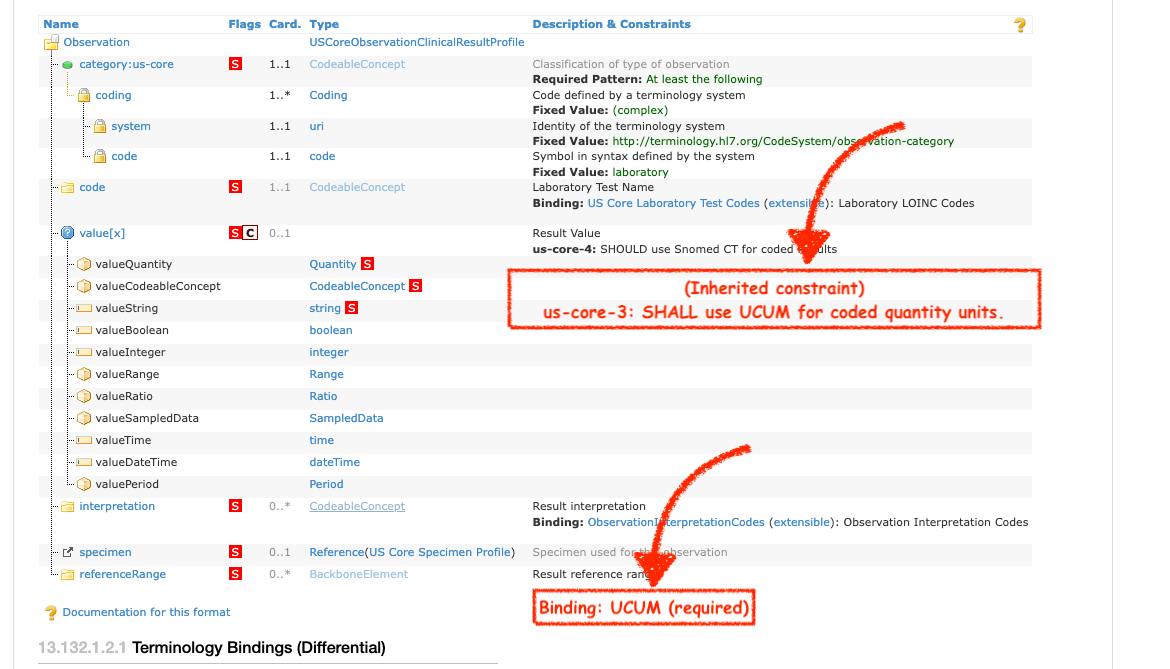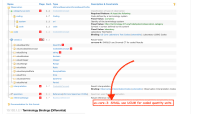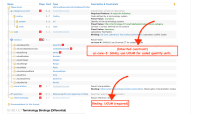Background
From USCDI V5:
Result Reference Range
Upper and lower limit of test values expected for a designated population of individuals.
Usage note: reference range values may differ by patient characteristics, laboratory test manufacturer and laboratory test performer.
The Commenter correctly asserted
I am assuming .referenceRange is how the US Core Lab Result Observation profile represents the Result Reference Range USCDI element.
However, the .referenceRange element does not inherit the UCUM constraint for {{Observation.value }}and the guidance in the ‘Using UCUM codes in the Quantity datatype’ section doesn’t address reference ranges.
Although USCDI does not explicitly state that UCUM is required for the referenceReference units, It logically follows that to be meaningful, it should mirror the unit of the results value.
Decision
Update the US Core Laboratory Result Observation Profile:
1) Add required UCUM binding to the Observation.referenceRange element

2) update the Profile narrative:
from
Each Observation Must Support:
- a result value*
- if the result value is a numeric quantity, a standard UCUM unit
- if the result value is a coded quantity, a standard SNOMED CT*
- result interpretation
- result reference range
- a specimen type (e.g., blood, serum, urine)
to:
- Each Observation Must Support:
-
- a result value*
- if the result value is a numeric quantity, a standard UCUM unit
- if the result value is a coded quantity, a standard SNOMED CT*
- result interpretation
- result reference range
- if the result value is a numeric quantity, a standard UCUM unit
- a specimen type (e.g., blood, serum, urine)
3) update the guidance in the ‘Using UCUM codes in the Quantity datatype’ to address reference ranges too.
i.e., change:
Using UCUM codes in the Quantity datatype
Some US Core Profiles (for example, the US Core Vital Signs Profile) bind the valueQuantity datatypes to the UCUM code system. A FHIR UCUM Codes ValueSet that defines all UCUM codes is in the FHIR specification. This guidance specifies how to represent the Quantity datatype when the correct UCUM units are missing, or the units are missing, which will likely occur in the real world.
to:
Using UCUM codes in the Quantity datatype
Some US Core Profiles bind the Quantity.code element in the Quantity datatype to the UCUM code system. For example, in the US Core Laboratory Result Observation Profile, Observation.valueQuantity and Observation.referenceRange are bound to UCUM. A FHIR UCUM Codes ValueSet that defines all UCUM codes is in the FHIR specification. This guidance specifies how to represent the Quantity datatype when the correct UCUM units are missing, or the units are missing, which will likely occur in the real world.
4) update examples where needed
Change Request
Highest
BALLOT-59013 Negative - Alex Kontur : 2024-Jan-FHIR US CORE E7 STU




